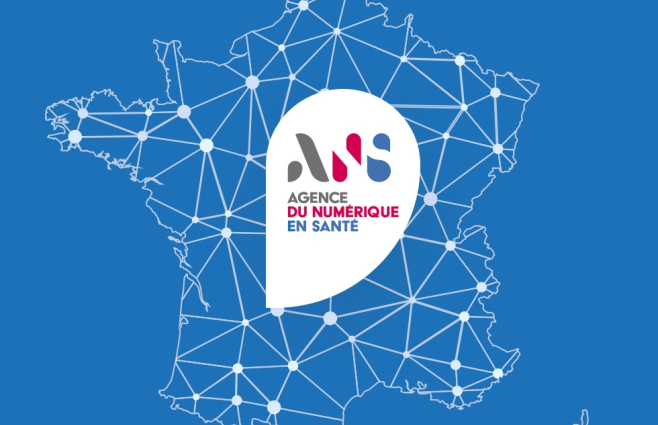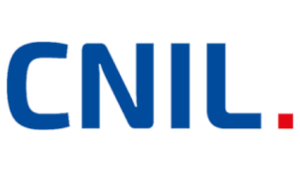Qu’est-ce que le corpus documentaire de la PGSSI-S ?
Dans le corpus documentaire de la PGSSI-S, Politique Générale de Sécurité des Systèmes d’Information de Santé, l’Agence du numérique en Santé (ANS) fixe le cadre de référence pour sécuriser les pratiques en matière de e-santé pour les usagers et les professionnels des secteurs médical, médico-social et social. Les objectifs de la PGSSI-S :
- aider les porteurs de projet dans la définition des niveaux de sécurité attendus ;
- permettre aux industriels de préciser les niveaux de sécurité de leurs offres ;
- soutenir les établissements de santé dans le choix et l'application de leur politique de sécurité.
La prise en compte de la PGSSI-S dans les produits et services proposés permet :
- de respecter les obligations de conformité aux référentiels de sécurité opposables ;
- d’appliquer, à l'aide des guides de la PGSSI-S, les bonnes pratiques qui participent à répondre concrètement aux obligations générales de sécurité fixées par la législation ;
- de se mettre en adéquation avec les critères de référencement et de labellisation mis en place pour le secteur ;
- aux clients de l’industriel de respecter leurs propres obligations en matière de sécurité des systèmes d’information de santé ;
- d’améliorer, par la qualité et la sécurité des produits et services fournis, la protection des données des usagers, l’image de l’industriel et la satisfaction de ses clients.
Le corpus documentaire PGSSI-S en 1 clic
Le corpus documentaire de la PGSSI-S en 3 étapes
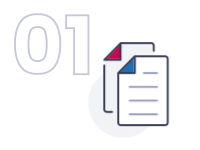
Etape 1
Prenez connaissance des référentiels (opposabilité) et des guides (préconisations) applicables au produit ou service développé ou distribué
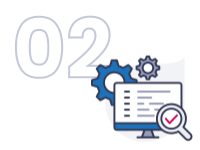
Etape 2
Intégrez les exigences des référentiels applicables et prenez en compte les recommandations des guides dans le cycle de vie du produit ou service proposé, de sa conception à sa fin d’exploitation
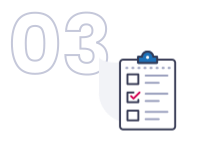
Etape 3
Quand le produit s’y prête, candidatez pour bénéficier de la labellisation Ségur
Dates clés du service
Les questions que vous vous posez
L’ANS répond aux questions les plus fréquemment posées sur la PGSSI-S
La conformité aux référentiels de la PGSSI-S est soit requise par la loi dès lors qu’ils ont été approuvés par arrêté ministériel, soit destinée à être requise à court terme, les référentiels de la PGSSI-S publiés ayant vocation à être approuvés par arrêté ministériel.
Cette obligation s’applique au périmètre indiqué dans la réponse à la question "La PGSSI-S s’applique-t-elle aux éditeurs et aux industriels ?"
Cette réponse vous a-t-elle été utile ?
Les guides de la PGSSI-S n’ont pas vocation à être opposables. Leur prise en compte aussi complète que possible est toutefois fortement conseillée, d’une part afin de permettre une sécurisation des produits et services à la hauteur des enjeux du secteur médical, médico-social et social et des exigences fixées par le code de santé publique et par le RGPD, d’autre part afin de faciliter la conformité aux exigences de référencement, labellisation ou certification dans ce domaine.
Cette réponse vous a-t-elle été utile ?
La PGSSI-S s’applique aussi bien au secteur public qu’au secteur privé, aux professionnels de santé, du médico-social et social, aux établissements de soin et aux offreurs de service.
De manière générale, la PGSSI-S s’applique dés que des données de santé à caractère personnel sont manipulées.
En tant que patient, la PGSSI-S permet d’avoir confiance dans les systèmes numériques de santé.
Cette réponse vous a-t-elle été utile ?
Une FAQ est à votre disposition sur une page dédiée :
Cette réponse vous a-t-elle été utile ?

